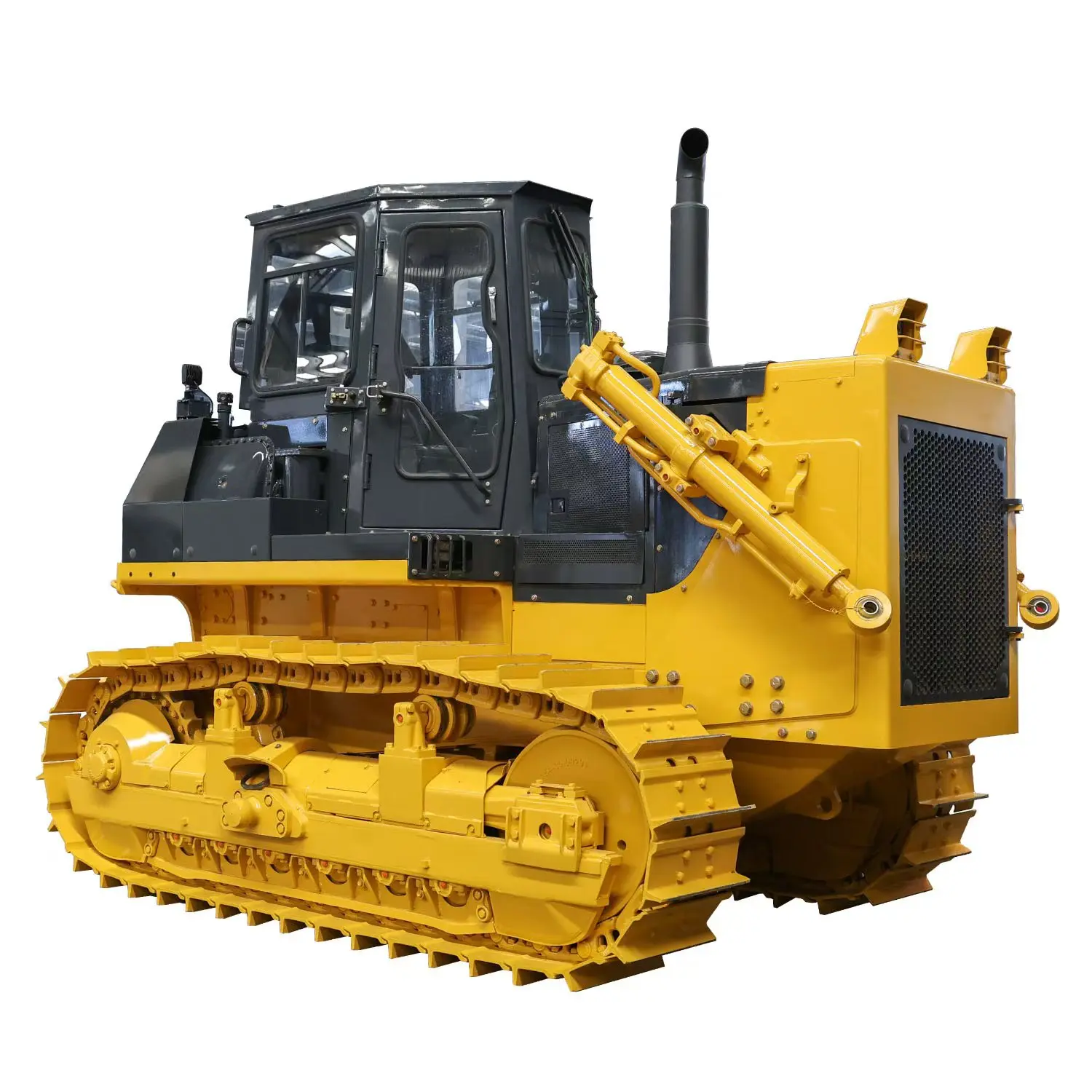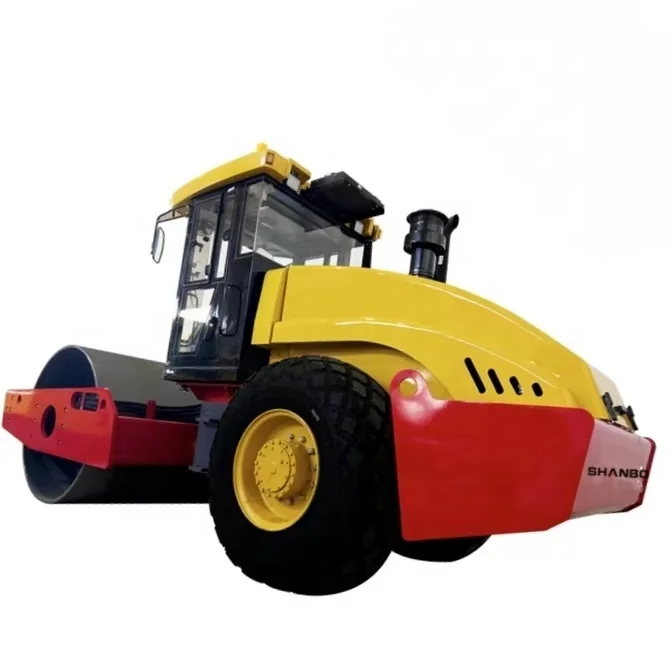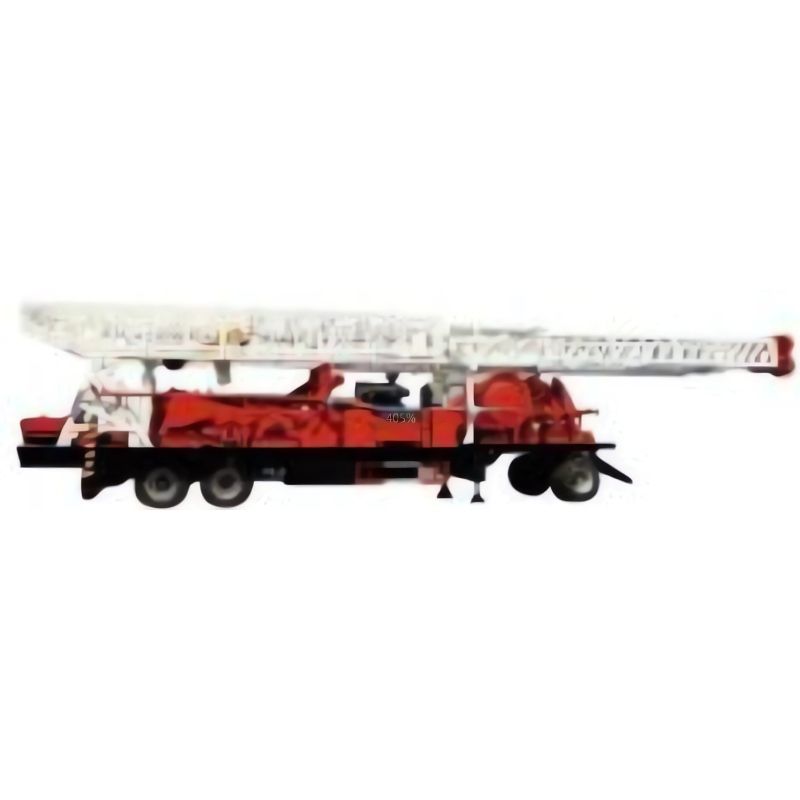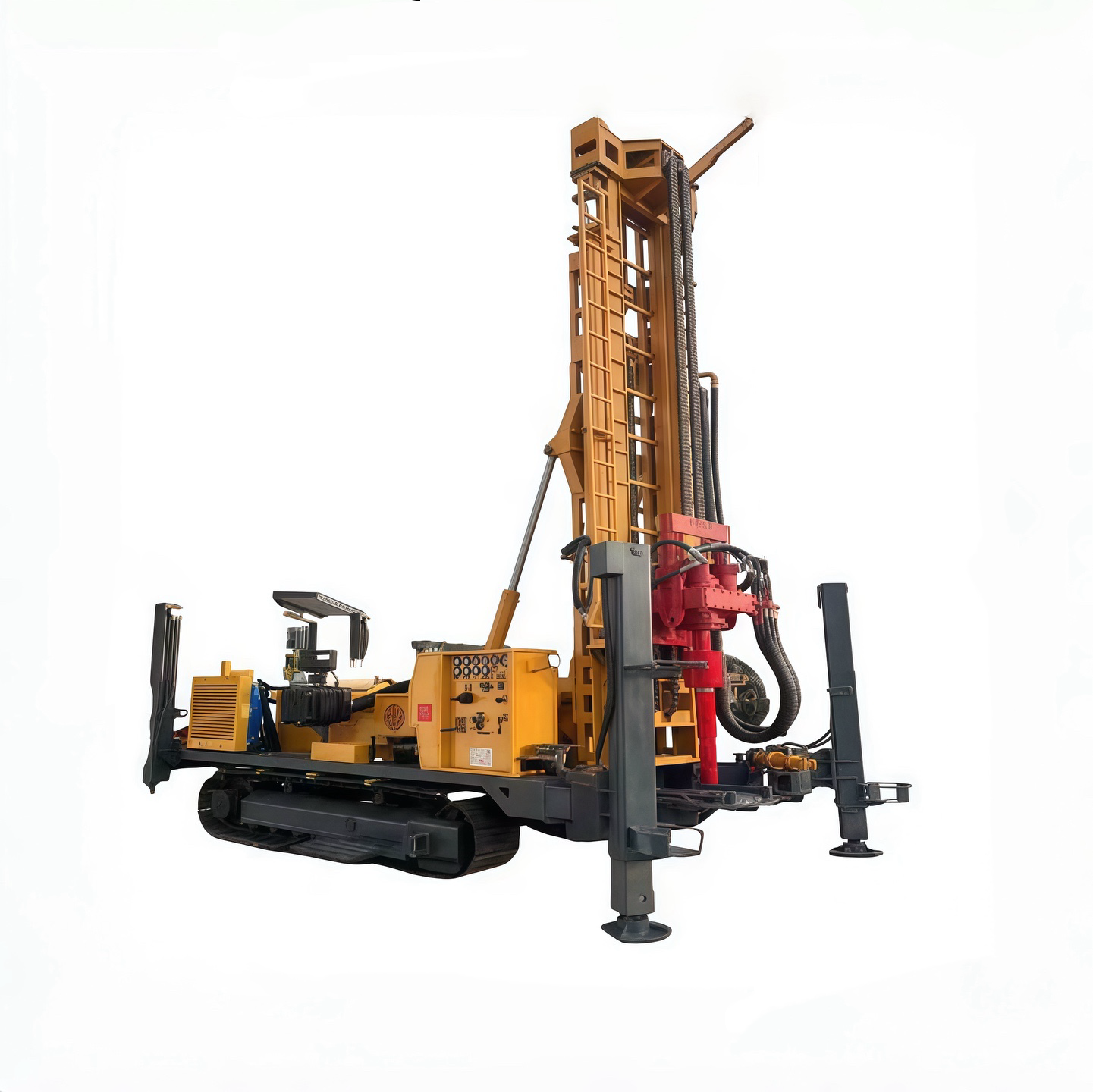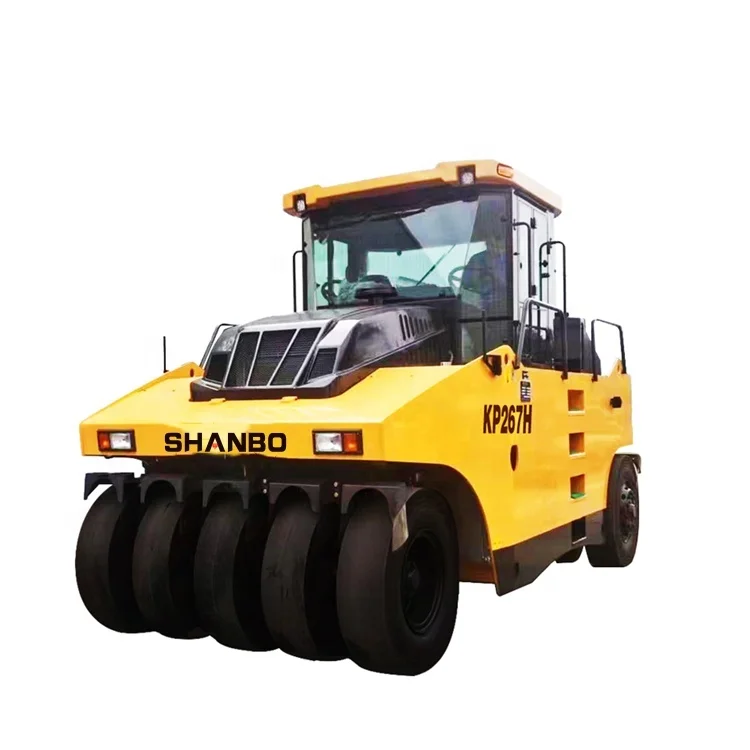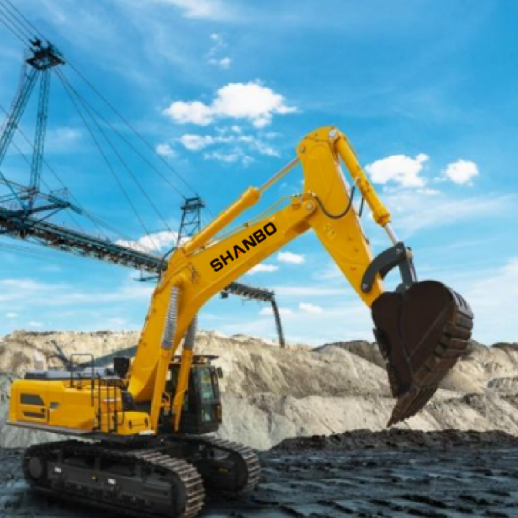What Is an Excavator? A Beginner’s Guide to This Essential Construction Machine
In the construction industry, few machines can be as highly recognizable and indispensable as excavators. Whether it is digging foundations, loading trucks or shaping terrain, excavators play a crucial role in almost all construction and infrastructure projects.
But what exactly is an excavator? How does it work? This guide will provide you with a basic understanding of excavators and help you comprehend one of the most crucial machines on any construction site.
What Is an Excavator?
An excavator is a large and heavy engineering machine, mainly used for excavating and transporting large amounts of materials, such as soil, rocks and crushed stones. It is usually composed of three main parts: a boom, stick (or arm), and a bucket, all of which are connected to a rotating cab installed on tracks or wheels.
The uses of excavators are very extensive. Although their main use is excavation, with appropriate attachments, they can also be leveled, lifted, dismantled, and even dredged underwater. Due to this adaptability, excavators are often referred to as the main force in modern construction.
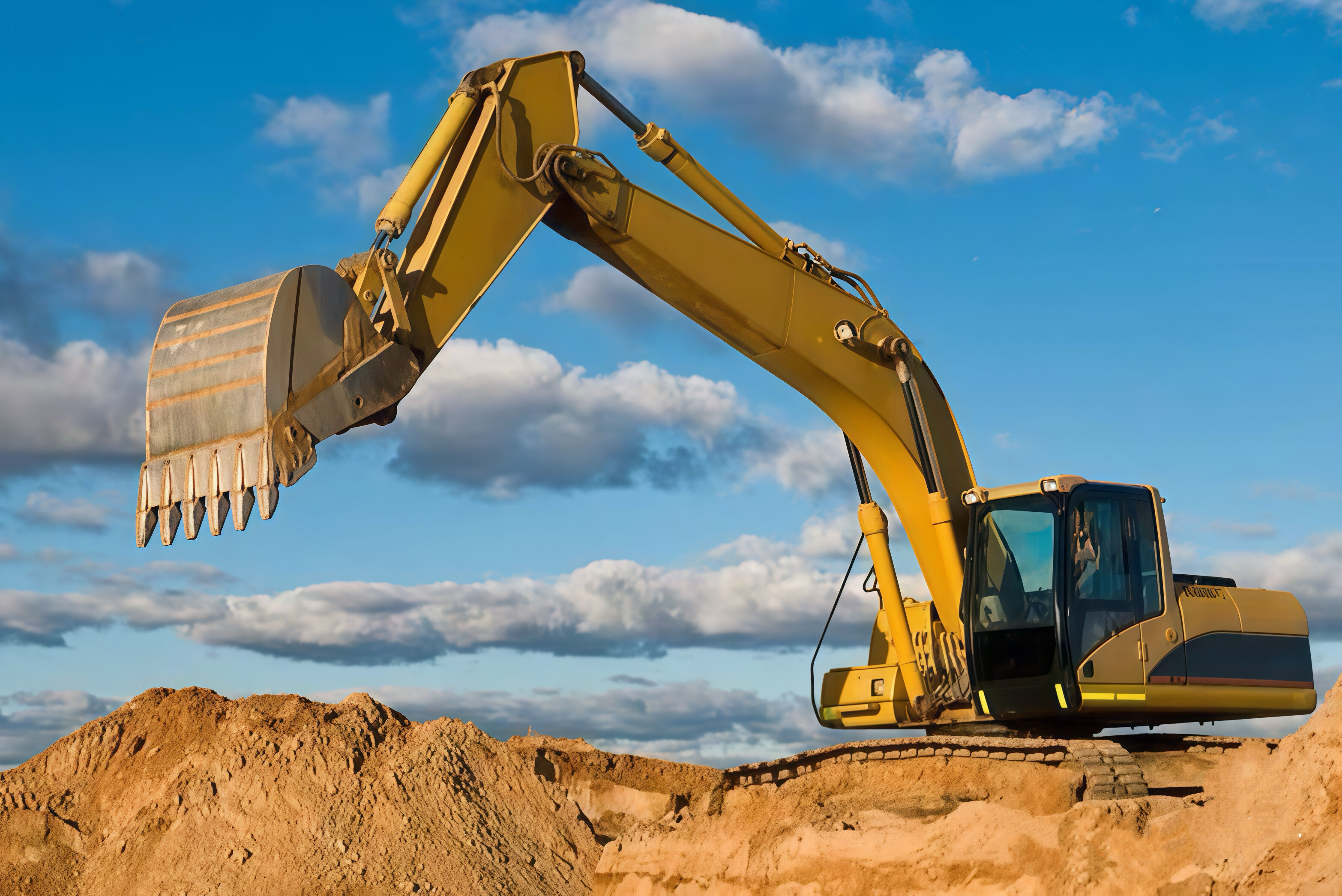
How Does an Excavator Work?
Excavators operate relying on a powerful hydraulic system, which controls all the main movements of the machine. In the cab, the operator uses the joystick and pedal to control the excavator. These control devices start the hydraulic pump, delivering high-pressure oil through hoses to each cylinder and motor, thereby generating smooth and powerful movement. Even under harsh working conditions, this system enables excavators to perform precise and powerful digging, lifting and rotating operations.
One of the most important design features of an excavator is its 360-degree rotating cab, which enables the operator to dig and dump materials in any direction without moving the entire machine. This function greatly enhances efficiency, especially in narrow or complex work sites.
An excavator is composed of multiple key components that work seamlessly together. The boom provides a vertical working range and connects the boom to the cab. The stick (or arm) extends outward to increase the digging range. The end of the bucket rod is the bucket, which is used for scooping up, digging or lifting materials. The cab is the control center for the operator and is usually equipped with ergonomic seats, advanced control systems and air conditioning systems to ensure comfort and accuracy during long-term operation.
Main Types of Excavators
Different operation sites and tasks require different types of excavators. The following are the most common types:
Crawler Excavator: The crawler excavator is the most common type, characterized by two continuous tracks. Crawler excavators are highly suitable for heavy-duty excavation and mining operations. Its crawler design can provide excellent stability and traction even on uneven or muddy terrain.
Wheeled Excavators: The design of wheeled excavators is similar to that of crawler excavators, but they are installed on wheels rather than tracks. Wheeled excavators are faster and more suitable for urban environments and paved roads.
Mini (Compact) Excavator: Small excavators are compact in size, flexible and agile, making them highly suitable for operations in confined spaces such as residences or landscaping. Despite their small size, they possess impressive power and versatility.
Long-Reach Excavator: This type of excavator is equipped with an extended arm and boom, and its working range is wider than that of standard models. It is an ideal choice for dredging, riverbank cleaning and high-rise building demolition.
Suction Excavator: This is a specialized excavator that uses vacuum technology to remove soil or debris. It is often used for fine tasks that require precise operation, such as underground pipelines.

How to Choose the Right Excavator
Choosing the right excavator for your project is not only about the size, but more importantly, it is about matching the machine's performance with your specific working conditions, terrain, and workload. Here are several important factors you need to consider when deciding which excavator best meets your needs.
1. Project Size
Evaluating the scale of the project is the primary factor. For large-scale earthwork projects, mining or commercial construction, full-size crawler excavators can provide the power and stability needed to handle heavy loads and long-term operations. On the other hand, small or compact excavators are more suitable for small or medium-sized projects as they are lighter in weight and easier to operate.
2. Terrain and Working Environment
Terrain plays a crucial role in choosing the type of excavator. Crawler excavators (crawler type) have outstanding stability and traction on uneven, soft or muddy ground. In contrast, wheeled excavators perform best on flat, solid or paved surfaces.
3. Excavation Depth and Working Scope
Each project has specific requirements for the depth and scope of excavation. Standard excavators can usually handle medium-depth excavations, but for deeper trenches, large foundations or situations that require a larger horizontal working range, long-arm excavators or dedicated models may be needed.
4. Attachments and Versatility
The production efficiency of an excavator largely depends on the accessories it can support. Modern excavators can be equipped with various tools, such as hydraulic breakers, auger drills, grabs, soil looseners and thumb clamps, thus enabling one machine to perform a wide range of different tasks. When choosing an excavator, please ensure that its hydraulic system is compatible with the accessories you plan to use most frequently.
5. Transportation and Convenience
Logistics is also very important. Although large excavators are powerful, their transportation costs are high and it is difficult to transport them between operation sites. If your work involves multiple small projects or restricted areas, small or medium-sized excavators are usually more practical.
Conclusion
An excavator is not merely a machine; it is the cornerstone of modern architecture. From small-scale landscaping projects to large-scale infrastructure projects, excavators can provide construction workers with the power, flexibility and efficiency they rely on to survive every day. Understanding the working principle of excavators and which type best meets your needs is the first step to improving production efficiency and maximizing the return on equipment investment.
Shanbo’s excavators are meticulously designed to offer outstanding performance in various construction environments. With advanced hydraulic systems, energy-saving engines and intelligent control technologies, Shanbo excavators can provide powerful digging force and precise control even in the most demanding tasks. Whether you need a compact excavator suitable for narrow urban spaces or a heavy-duty crawler excavator for large-scale excavation, we can provide you with the right option.
Recommended Products
 Hot News
Hot News
-
“Water Savior” 200 m Reverse Circulation Water Well Drills Arrive in Uzbekistan
2025-03-28
-
What Is a Bulldozer? Everything You Need to Know
2025-02-18
-
Inside the Bulldozer Factory: How Modern Dozers Are Built from the Ground Up
2025-11-12
-
How to Operate a Spider Excavator Safely and Efficiently
2025-11-11
-
What Is an Excavator? A Beginner’s Guide to This Essential Construction Machine
2025-11-10
-
The Bulldozer Revolution: How Technology Is Transforming Earthmoving Equipment
2025-11-05
